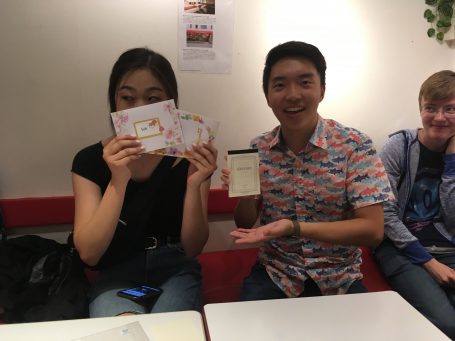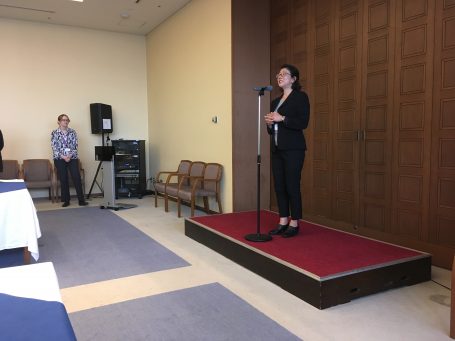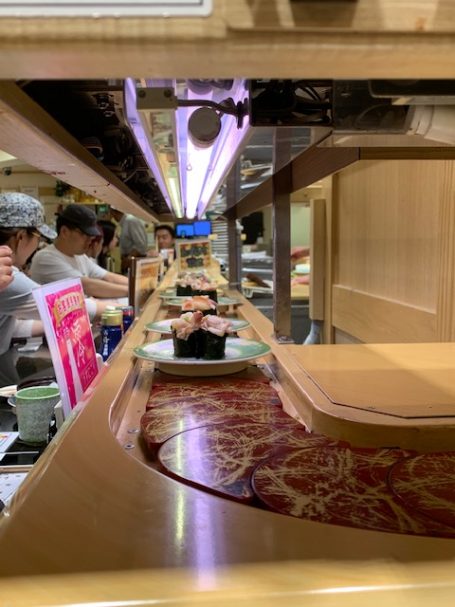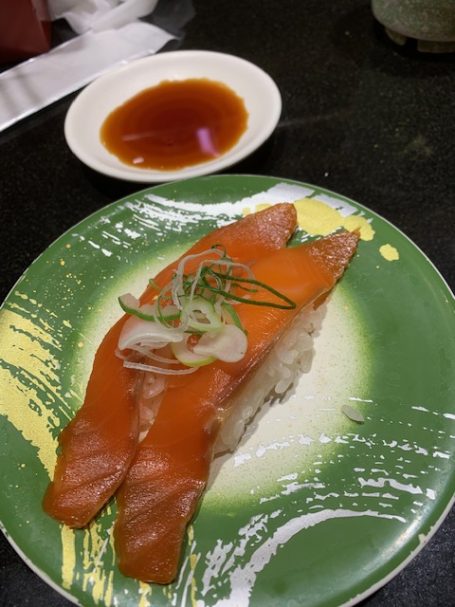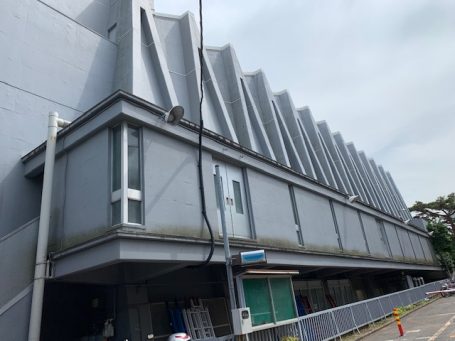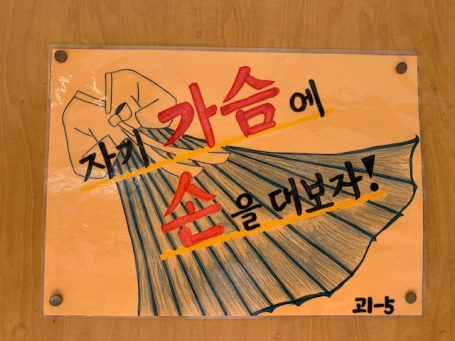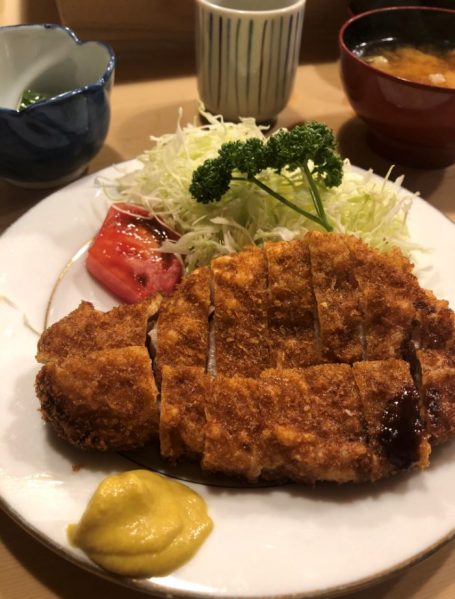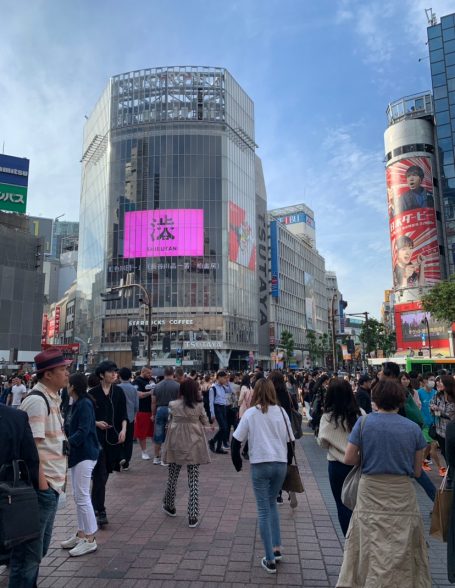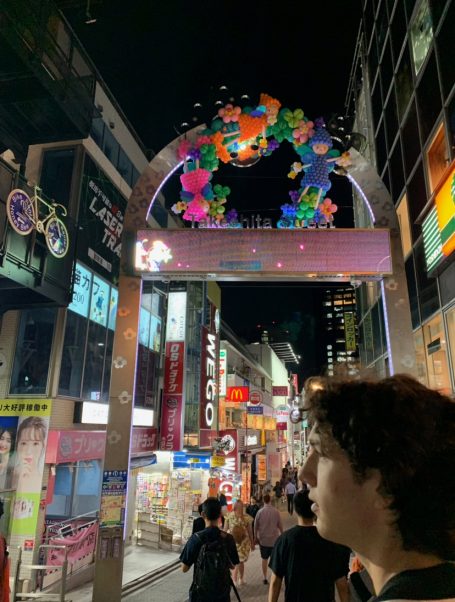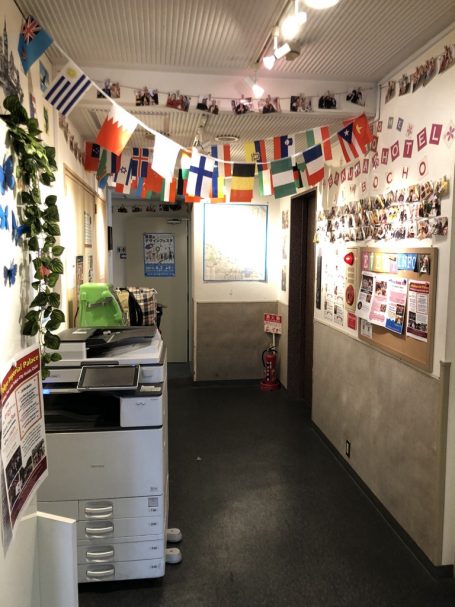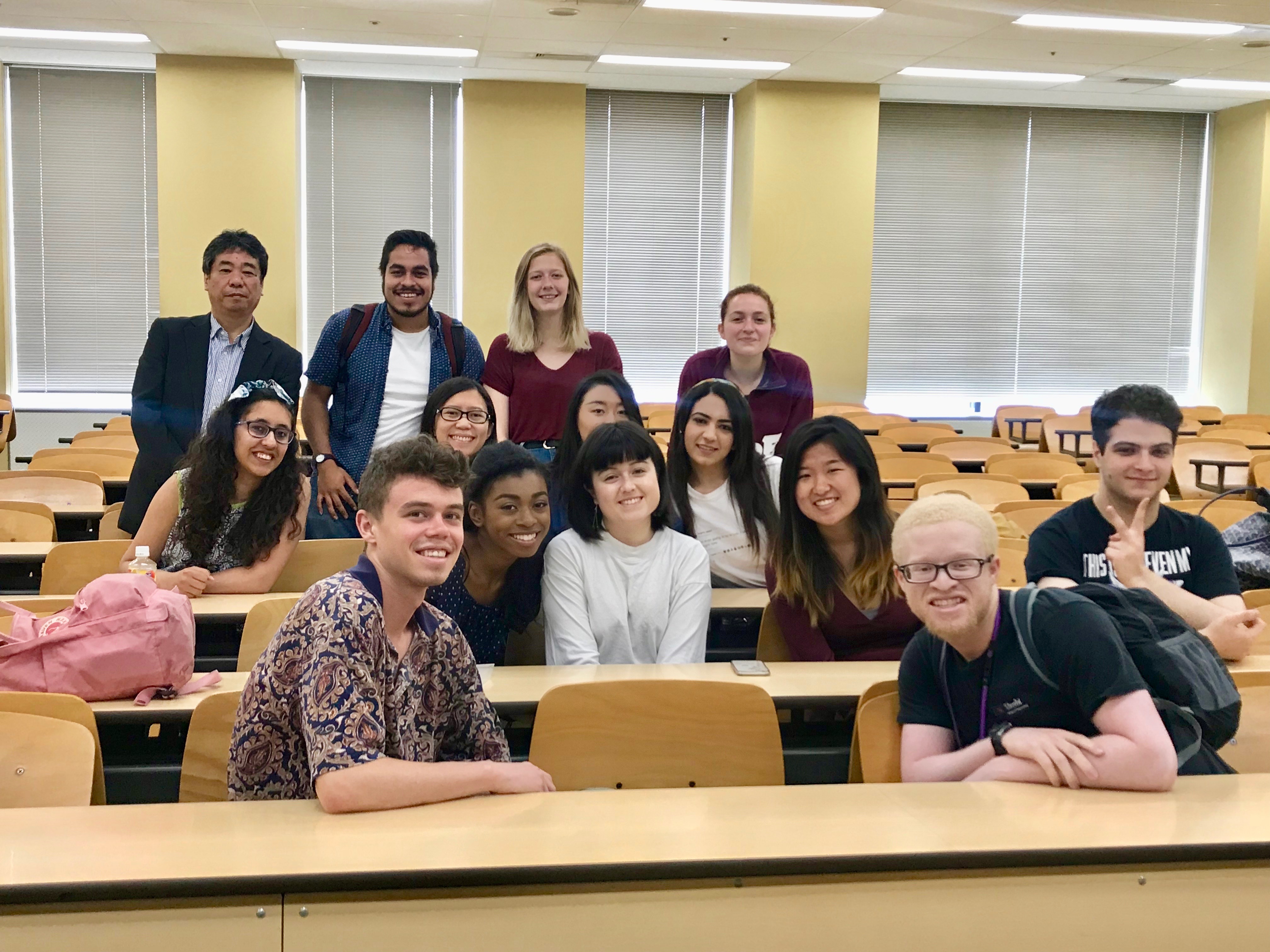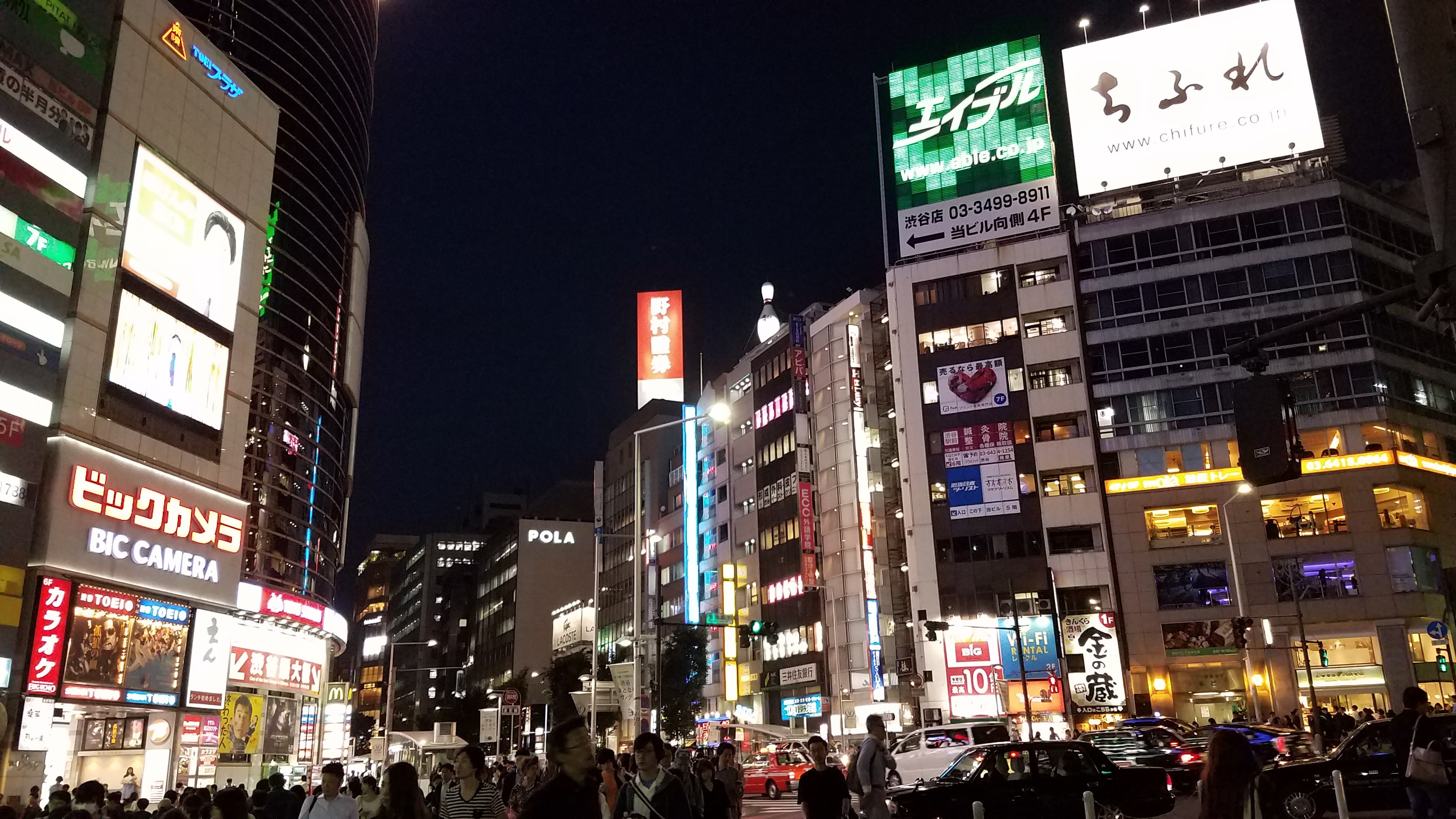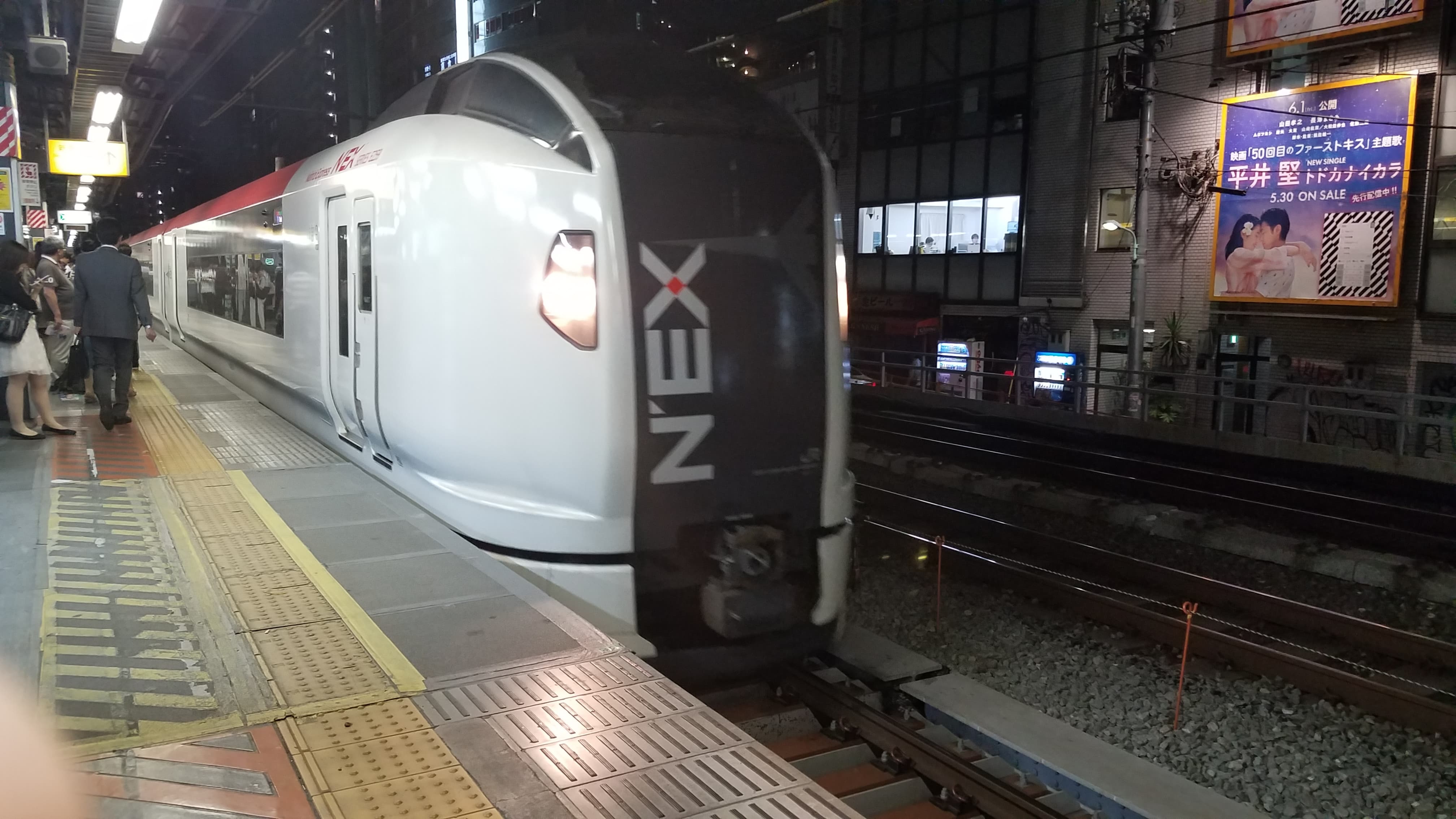By: Keenan Goo
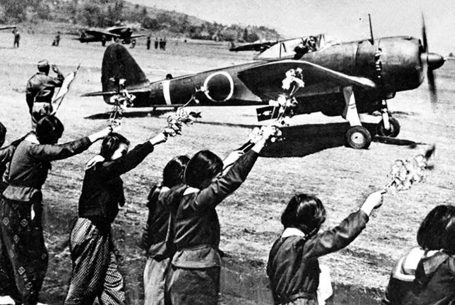
Historical photo of a departing kamikaze plane
Wednesday’s class covered the sobering topic of kamikaze (Japanese for “divine wind”), the division of the Imperial Japanese Navy whose defining characteristic was the pilots’ death by collision during their attack. By this point in the course, our class was familiar with the ultranationalist mindset that enabled such an egregious war tactic. However, this was our class’s first time delving into the realities of Japanese veterans (particularly undeployed kamikaze pilots) after the end of World War II. Overnight, those signed up to be kamikaze pilots but were never deployed devolved from Japan’s greatest heroes to living manifestations of the nation’s failure. They were even branded with the title tokko kuzure (Japanese for “kamikaze degenerate”).
Whether because of this societal rejection or because of the devastation of their unbeatable nation’s defeat, many kamikaze veterans ended up turning to destructive lives of crime or ending their lives altogether. In one insightful discussion, we compared World War II veterans in Japan with Vietnam War veterans in the United States. In both cases, it took time before the nation’s view and treatment of veterans improved from one of total disgust and disrespect. One of the modes through which this perspective shifted was through media and museums. Noble depictions in films and museum exhibits of soldiers’ letters to loved ones helped to humanize these historical figures and elicit sympathy from the public. Understanding that both media and museums played an important role in public memory, our class analyzed the relationship between these two factors. Neva insightfully pointed out that a topic covered by both types of education is accessible to more audiences. Furthermore, media and museums can establish a mutualistic relationship where they can derive content from each other while also consolidating and sharing the audiences they appeal to. In an ever-increasingly technology-dependent society, it is not difficult to see how this relationship could continue to grow.
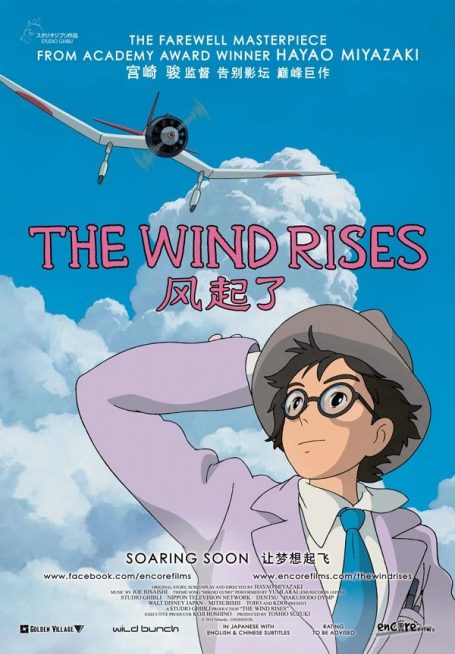
Promotional poster for Hayao Miyazaki’s film “The Wind Rises”
Between the relevant films “The Eternal Zero” and “The Wind Rises,” our class chose to watch the latter. “The Wind Rises” was written and directed by Hayao Miyazaki who is well known for his anime films including “My Neighbor Totoro” and “Spirited Away.” This film follows Jiro—the designer of the Mitsubishi A6M Zero fighter plane which was later used by kamikaze pilots. Despite being the main event happening at that time, we were shown nothing of the actual war. As a civilian and not a soldier, Jiro lives an arguably normal life of falling in love and pursuing his dream of making beautiful aircraft. The mantra of the film is repeated throughout the film, “The wind is rising! … We must try to live!” We see Miyazaki portray this in two ways. Firstly, Jiro chases his childhood dream of building planes despite his knowledge that they will likely be put to destructive use. Secondly, he courts and marries a girl diagnosed with tuberculosis with full knowledge of her imminent demise. Our class agreed that Miyazaki’s film focused on life in the midst of one of the greatest life-disruptors in history. This contrasted with our previous anime film, “Grave of the Fireflies,” which primarily focused on death. On the topic of comparing these two films, Sam made the observant comment that the age of the protagonist was significant in each film. Jiro in “The Wind Rises” grew to be a fully independent adult and member of society who was able to choose what he did with his life, including his contribution to the war effort. This is quite different from Seita in “Grave of the Fireflies” who remains a child with little to no control over his world or the war. Life simply happens to him and his sister. It is safe to say that both films are powerful in their own ways and offer different valid viewpoints in Japan during World War II.
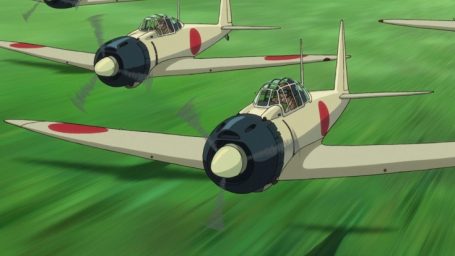
Screenshot from the movie “The Wind Rises”
In regard to my research project, I feel that I am making satisfactory progress. Tokko kuzure was actually the topic I was originally planning to research. However, I feel that most of my questions were answered by our readings for this class on kamikaze pilots. Additionally, I developed an interest in what is now my new topic: The effect of war memory on the Japanese Self-Defense Forces (JSDF). I have already identified some primary and secondary sources I plan to analyze further that will provide valuable insight into JSDF public relations in light of the discredits done by the Imperial Japanese Army.


